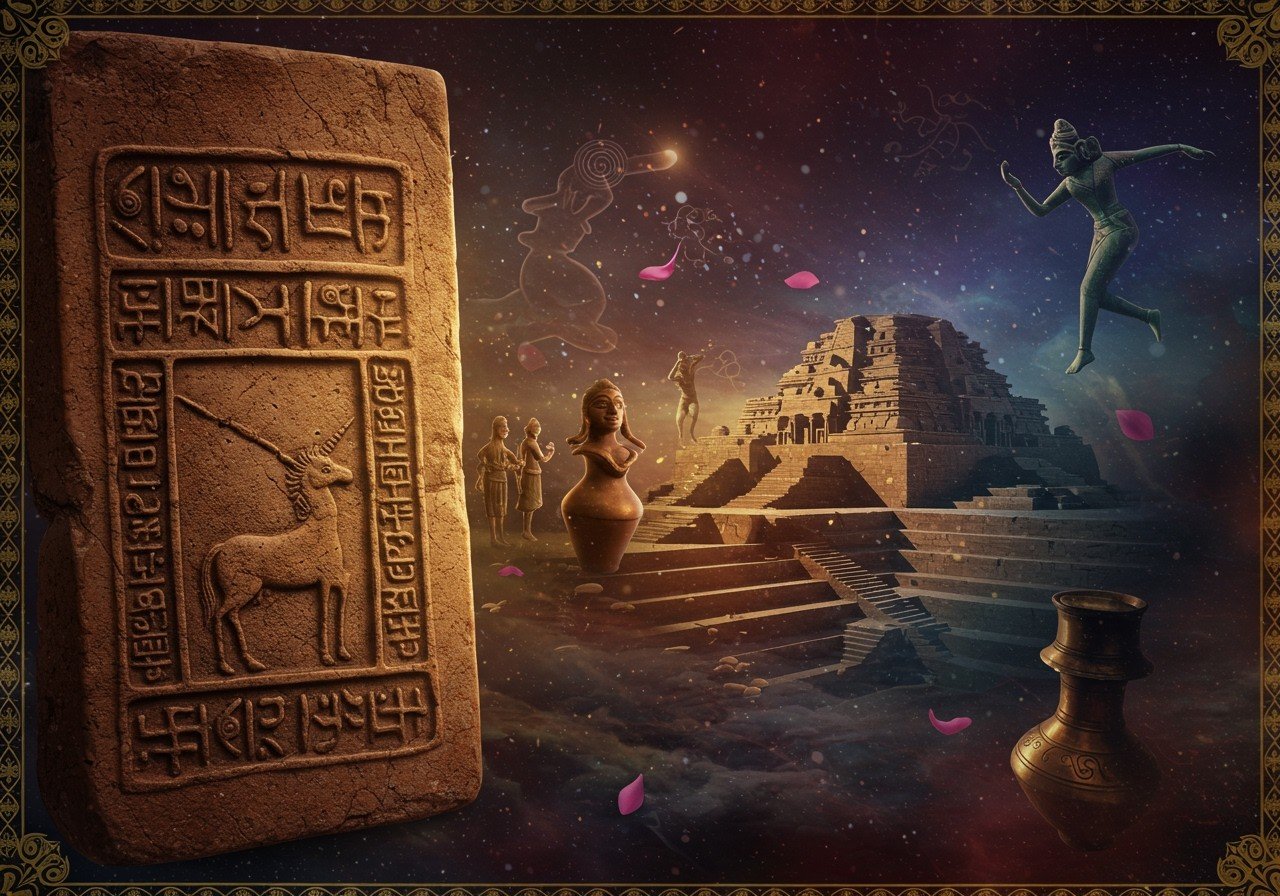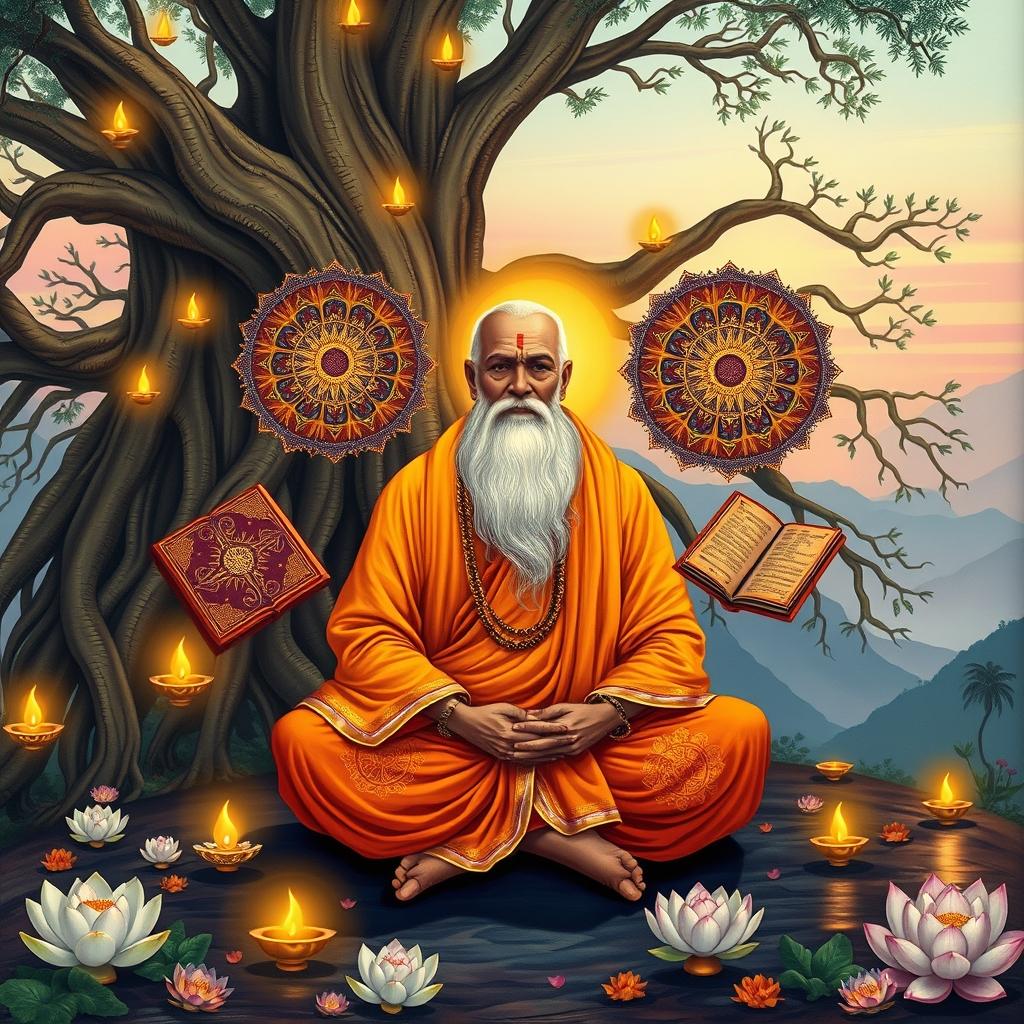
The Indus Valley Civilization (IVC), flourishing between 2600 and 1900 BCE in present-day Pakistan and northwest India, remains an enigma. Despite its advanced urban planning and architecture, much about the IVC is shrouded in mystery due to the undeciphered Indus Script. This article delves into the script’s origins, exploring its significance and the ongoing quest to decode its secrets.
The Enigmatic Indus Script

The Indus Script, a collection of pictographic symbols, stands as one of the IVC’s most intriguing aspects. Discovered in the early 20th century by archaeologists John Marshall and Rakhal Das Banerji during excavations at Harappa and Mohenjo-Daro, the script comprises approximately 400-600 unique symbols. These symbols appear on various artifacts, including seals, pottery, and tablets. Deciphering this script is crucial to understanding this ancient civilization. As mentioned in recent research, the inscriptions are often short, posing a significant challenge to decipherment. The absence of a bilingual inscription, like the Rosetta Stone, further complicates the process.
Indus Valley Civilization Seals
Among the most significant artifacts bearing the Indus Script are the seals. These seals typically exhibit a standardized square shape, intricate carvings of animals (such as the enigmatic “unicorn,” bulls, and elephants), and short inscriptions. Their purpose remains speculative, with theories ranging from trade and administrative functions to use as amulets. The Pashupati seal, depicting a figure surrounded by animals, possibly a deity, is a notable example. The seals’ craftsmanship reflects the IVC’s advanced technological and artistic skills.
Indus Valley Civilization Language
The language represented by the Indus Script remains unidentified. Several hypotheses exist, including connections to Dravidian languages like Tamil and links to early Vedic Sanskrit. Identifying the language would illuminate the IVC’s culture, administration, and daily life. Researchers are employing interdisciplinary approaches, combining computational linguistics, statistical analysis, and comparisons with other ancient scripts, to solve this linguistic puzzle. Scholarly debates, as highlighted in recent academic discussions, are ongoing, with Asko Parpola suggesting a Dravidian origin and S.R. Rao proposing a Sanskrit basis.
Challenges in Deciphering the Script
Several factors contribute to the difficulty in deciphering the Indus Script: the lack of bilingual inscriptions, the brevity of the inscriptions, the absence of extensive texts, and the uncertainty surrounding the direction of writing. Despite these challenges, researchers continue their efforts, driven by the potential to unlock a wealth of knowledge about this ancient civilization. The political and emotional charge surrounding the topic within academia, as noted in current research, adds another layer of complexity.
Poojn.in: Connecting with Ancient Traditions
As we delve into the mysteries of the Indus Valley Civilization, Poojn.in offers a unique opportunity to connect with India’s rich spiritual heritage. Explore our curated collection of sacred items, meticulously crafted to enhance your spiritual practice:
- Pure Brass Trishul (10-inch height): Ideal for Shiva lingam worship, this trishul symbolizes the three fundamental powers of creation, preservation, and destruction. Crafted from pure brass, this sacred item adds authenticity to your rituals.
- Pure Copper Snake (9-inch height): Symbolic of kundalini energy and cosmic consciousness, this copper snake complements your Shiva lingam worship. The copper material enhances the spiritual significance of this item.
- Original Athizay Stone Shiva Lingam and Nandi Set: Honor Lord Shiva with this beautiful stone set, featuring a Shiva lingam and Nandi. This set brings a touch of ancient tradition to your home.
Conclusion
The Indus Script remains a captivating puzzle. Continuous scholarly efforts, aided by modern technology, provide hope for eventual decipherment. Understanding this script would deepen our connection to our cultural heritage and offer invaluable insights into the lives of our ancestors. Let us continue to honor and explore these ancient traditions.
Explore related articles on poojn.in to learn more about Hinduism and its rich history:
- Sacred Texts of Hinduism: A Guide to Key Scriptures
- Dharma and Karma in Hinduism Explained
- Hinduism’s Global Reach: A Look at its Diverse Traditions


